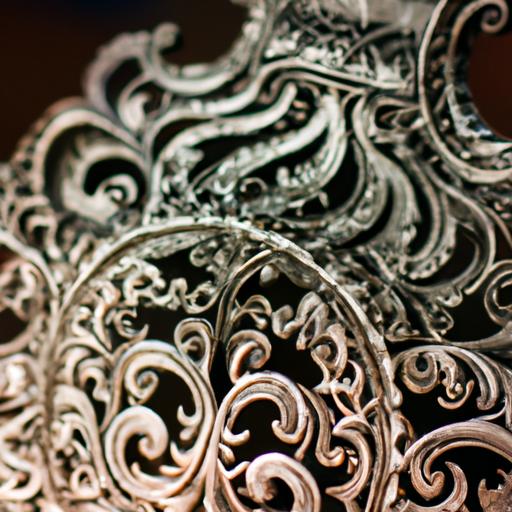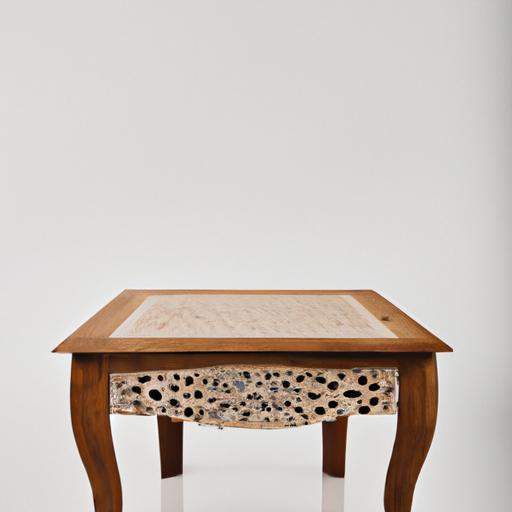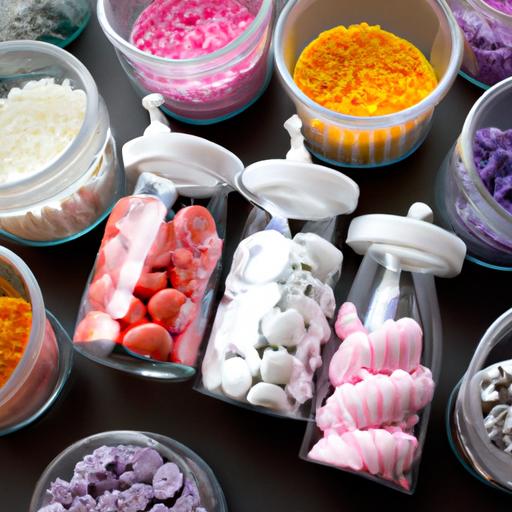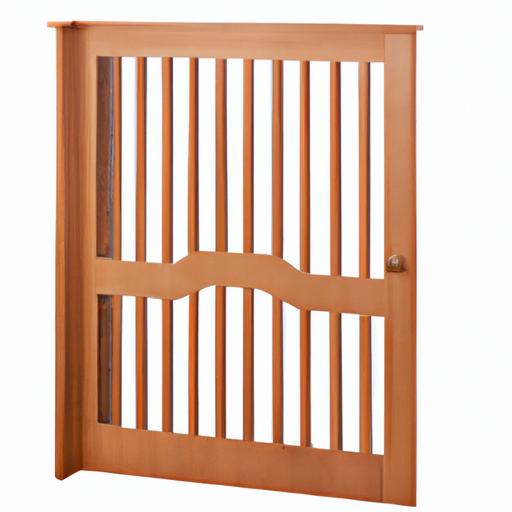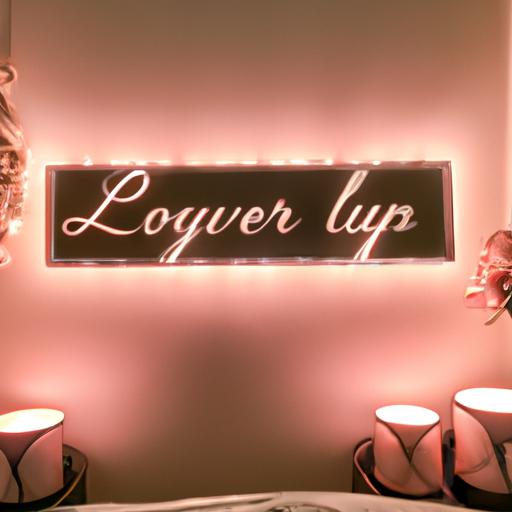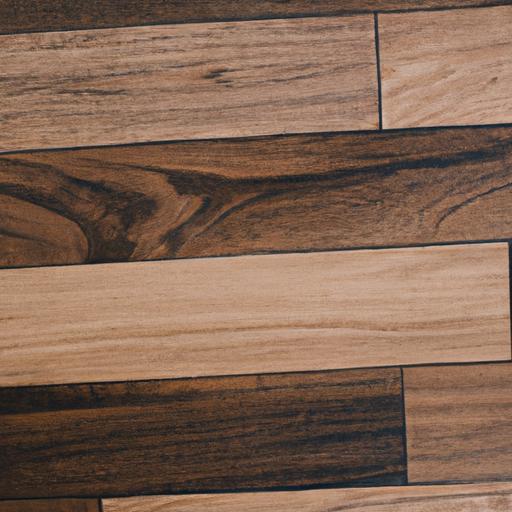Materials in Decorating Metal Products: Enhancing Beauty and Durability
Introduction
When it comes to decorating metal products, the choice of materials plays a crucial role in determining the overall appeal and longevity of the finished product. Whether it’s a sleek stainless steel appliance or an ornate metal sculpture, selecting the right materials can make all the difference. In this article, we will explore the various materials commonly used in decorating metal products and delve into the importance of making informed choices.
A. Overview of materials used in decorating metal products
The world of metal product decoration offers a wide array of materials to choose from, each with its unique properties and characteristics. From paints and coatings to adhesives and decals, and even surface treatments and finishes, there is no shortage of options to explore. Understanding the qualities of these materials is key to achieving the desired aesthetic and ensuring the durability of the decorated metal products.
B. Importance of choosing the right materials for metal product decoration
Choosing the right materials for decorating metal products is more than just a matter of personal preference. It directly impacts the quality, appearance, and longevity of the finished product. By carefully considering factors such as durability, design flexibility, and environmental impact, we can create metal products that not only captivate the eye but also withstand the test of time.
Imagine a beautifully crafted metal jewelry piece that loses its luster within a few weeks due to subpar paint or a metal sign that fades and peels under harsh weather conditions. By selecting the appropriate materials, we can avoid such disappointments and ensure that our metal products continue to shine for years to come.
Join me as we explore the fascinating world of materials used in decorating metal products. Discover the secrets behind the perfect finish, the techniques that experts employ, and the sustainable alternatives that contribute to a greener future. Let’s unlock the potential of materials in enhancing both the beauty and durability of metal products.
Types of Materials Commonly Used in Decorating Metal Products
Decorating metal products requires careful consideration of the materials used to achieve the desired outcome. Let’s explore the different types of materials commonly employed in metal product decoration and delve into their benefits and drawbacks.
A. Paints and Coatings
Paints and coatings are versatile materials widely used in metal product decoration. They offer a wide range of colors, finishes, and textures, allowing for endless creative possibilities.
1. Different types of paints suitable for metal decoration
When it comes to metal decoration, various types of paints are available, including enamel, acrylic, and epoxy paints. Enamel paints provide a durable and glossy finish, while acrylic paints offer versatility and quick drying times. Epoxy paints, on the other hand, provide excellent adhesion and resistance to chemicals and abrasion.
2. Benefits and drawbacks of using paints for metal product decoration
Paints offer numerous benefits for metal product decoration. They provide a protective layer that shields the metal from corrosion, UV rays, and general wear and tear. Additionally, paints can enhance the appearance of metal products, adding vibrancy and depth to the design.
However, paints may have some drawbacks. They can require multiple coats for full coverage, which increases the application time. Additionally, certain types of paints may be prone to chipping or peeling if not properly applied or maintained.
B. Adhesives and Decals
Adhesives and decals are popular choices for adding intricate designs, patterns, or logos to metal products. They offer a convenient and cost-effective way to achieve detailed decorations without the need for extensive painting or surface treatments.
1. Various types of adhesives and decals used in metal product decoration
There are various types of adhesives and decals available for metal product decoration. Adhesive vinyl decals are commonly used for adding intricate designs to flat or curved surfaces. Meanwhile, adhesive-backed metal foils can create a metallic finish on metal products, mimicking the appearance of more expensive materials.
2. Advantages and disadvantages of using adhesives and decals on metal products
Adhesives and decals offer several advantages in metal product decoration. They allow for precise and intricate designs, making it easy to customize metal products according to specific branding or aesthetic preferences. Additionally, they are relatively easy to apply and can be removed without leaving residue or damaging the underlying metal surface.
However, adhesives and decals may not be as durable as other decorating materials. They can be more susceptible to scratching, peeling, or fading over time, especially when exposed to harsh weather conditions or frequent handling.
C. Surface Treatments and Finishes
Surface treatments and finishes are another popular choice for enhancing the appearance and durability of metal products. They offer a range of options to achieve different aesthetic effects and provide additional protection to the metal surface.
1. Different surface treatments and finishes available for metal decoration
Metal products can undergo various surface treatments and finishes, such as electroplating, powder coating, anodizing, and patination. Electroplating involves depositing a layer of metal onto the surface, providing a decorative and corrosion-resistant coating. Powder coating offers a durable and vibrant finish, while anodizing creates a protective oxide layer on the metal surface. Patination, on the other hand, introduces chemical reactions to create unique colors and textures.
2. Pros and cons of using surface treatments and finishes on metal products
Surface treatments and finishes offer several advantages for metal decoration. They can enhance the visual appeal by adding a desired color, texture, or shine to the metal product. Additionally, they provide protection against corrosion, oxidation, and general wear and tear, increasing the longevity of the decorated metal product.
However, surface treatments and finishes may require specialized equipment or expertise for proper application. They can also be more time-consuming and costly compared to other decorating materials. Additionally, certain surface treatments may have limitations in terms of color options or the ability to achieve certain visual effects.
By understanding the different types of materials available for metal product decoration, we can make informed choices to create stunning and long-lasting designs. Join me as we continue to explore the factors to consider when selecting materials for metal product decoration in the upcoming sections.
Factors to Consider When Selecting Materials for Metal Product Decoration
When it comes to selecting materials for decorating metal products, several key factors should be taken into consideration. These factors not only influence the overall quality and longevity of the finished product but also contribute to its aesthetic appeal and environmental impact. Let’s delve into these considerations and explore how they shape our choices.
A. Durability and Longevity
-
Importance of choosing materials that can withstand wear and tear
When selecting materials for metal product decoration, durability is of utmost importance. Metal products often face various forms of wear and tear, whether it’s exposure to harsh weather conditions, physical impact, or regular usage. Opting for materials that can withstand these challenges ensures that the decorative elements remain intact and the product maintains its allure over time.
-
Factors that affect the durability of materials used in metal decoration
Several factors influence the durability of materials used in metal decoration. These factors include the quality of the materials themselves, their resistance to corrosion or fading, and their ability to adhere to the metal surface effectively. Additionally, the application technique and the level of protection provided by coatings or finishes can also impact the longevity of the decorated metal product.
B. Aesthetics and Design Flexibility
-
How different materials can enhance the visual appeal of metal products
The choice of materials significantly contributes to the visual appeal of decorated metal products. Different materials offer unique textures, finishes, and colors, allowing for endless possibilities in design. Whether it’s the glossy sheen of a high-quality paint or the intricate details of decals and adhesives, materials can elevate the aesthetic value and create eye-catching metal products.
-
Considerations for selecting materials that offer design flexibility
Design flexibility is another crucial factor to consider. Some materials, such as paints and coatings, provide the freedom to experiment with various colors and patterns, allowing for customization and personalization. On the other hand, surface treatments and finishes can enhance the natural beauty of the metal while preserving its original characteristics. Considering the desired design outcome and the versatility of materials helps in selecting the most suitable options.
C. Environmental Impact and Sustainability
-
The significance of choosing eco-friendly materials for metal decoration
In an era of increasing environmental consciousness, the importance of choosing eco-friendly materials cannot be overstated. Opting for sustainable options minimizes the ecological footprint associated with metal product decoration. By selecting materials that are free from harmful chemicals, have low VOC emissions, and are recyclable, we can contribute to a greener and more sustainable future.
-
Sustainable alternatives for materials used in metal product decoration
The market offers a range of sustainable alternatives for materials used in metal product decoration. These alternatives include low VOC paints, water-based coatings, and adhesives made from natural or recycled materials. Additionally, surface treatments and finishes that rely on environmentally friendly processes, such as electroplating with minimal waste, offer viable solutions for sustainable metal decoration.
By carefully considering the factors of durability, aesthetics, design flexibility, and environmental impact, we can make informed decisions when selecting materials for metal product decoration. Let’s explore the possibilities and create metal products that not only stand the test of time but also contribute to a more sustainable and visually appealing world.
Case Studies of Successful Metal Product Decoration
In this section, we will delve into real-life case studies that demonstrate the effectiveness and versatility of different materials in decorating metal products. These examples showcase the creative possibilities and the transformative power of using various materials.
A. Examples of metal products decorated with paints and coatings
Paints and coatings are popular choices for metal product decoration due to their ability to add vibrant colors and protect the surface from corrosion. Let’s explore some remarkable examples:
1. Automotive Excellence:
The automotive industry often employs paints and coatings to enhance the visual appeal of metal components. From glossy finishes on car bodies to metallic accents on rims, these materials not only provide a sleek aesthetic but also protect against environmental factors.
2. Artistic Expression:
Artists utilize paints and coatings to add depth and character to metal sculptures and installations. The use of different techniques, such as airbrushing or hand-painting, allows for intricate details and a wide range of color possibilities.
B. Showcase of metal products enhanced with adhesives and decals
Adhesives and decals offer a convenient way to add intricate designs, patterns, and branding elements to metal products. Let’s explore some eye-catching examples:
1. Customized Electronics:
Metal phone cases and laptop covers often feature decals that showcase personalized designs or company logos. These adhesive decorations not only add a touch of style but also protect the metal surface from scratches.
2. Industrial Identification:
Manufacturing facilities utilize adhesive labels and decals to mark equipment, tools, and products. These informative decals help with identification, safety instructions, and tracking inventory.
C. Inspiring instances of metal product decoration using surface treatments and finishes
Surface treatments and finishes provide a range of options to enhance the appearance and durability of metal products. Let’s explore some inspiring instances:
1. Architectural Marvels:
Metal façades of buildings often undergo surface treatments like anodizing or powder coating to protect against weathering and create a visually striking appearance. These treatments can give a metallic surface a matte, glossy, or textured finish.
2. Kitchen Elegance:
Stainless steel appliances are often treated with finishes that resist smudges and fingerprints, ensuring a clean and polished look. These surface treatments not only enhance the aesthetics but also provide ease of maintenance.
These case studies demonstrate the remarkable impact that paints, coatings, adhesives, decals, surface treatments, and finishes can have on metal product decoration. By selecting the right materials, manufacturers, artists, and designers can achieve stunning results that captivate the audience and elevate the appeal of their metal creations.
Best Practices for Using Materials in Metal Product Decoration
Decorating metal products requires more than just selecting the right materials; it also involves employing proper techniques and following best practices to achieve optimal results. In this section, we will explore the essential steps for preparing and applying different materials, share valuable tips for achieving desired outcomes, and provide maintenance and care instructions to ensure the longevity of your metal decorations.
A. Proper preparation and application techniques for different materials
Before diving into the decoration process, it’s crucial to prepare the metal surface adequately. Clean the metal thoroughly to remove dirt, grease, and any existing coatings. This ensures proper adhesion and prevents peeling or flaking in the future. Depending on the material you’re using, additional steps such as sanding or priming may be necessary to achieve a smooth and even surface.
When it comes to application techniques, each material has its specific requirements. For paints and coatings, follow the manufacturer’s instructions regarding the appropriate brushes, rollers, or spray equipment to use. Consider factors such as drying time, recommended number of coats, and proper ventilation. Adhesives and decals may require careful alignment and smoothing to avoid air bubbles or wrinkles. Surface treatments and finishes often involve meticulous application methods such as brushing, dipping, or electroplating to achieve desired textures or effects.
B. Tips for achieving desired results with various materials
To elevate your metal product decoration, here are some valuable tips to keep in mind:
-
Experiment and test: Before applying materials to the final product, conduct tests on a small inconspicuous area to ensure compatibility and desired results.
-
Layering and blending: For paints and coatings, layering different colors or blending shades can add depth and dimension to your design.
-
Precision and patience: When working with adhesives and decals, take your time to align and position them accurately. Use a squeegee or a soft cloth to remove any trapped air bubbles.
-
Surface preparation for finishes: Prior to applying surface treatments and finishes, ensure the metal surface is clean, smooth, and free of imperfections. This will enhance the appearance and durability of the final result.
C. Maintenance and care instructions for different materials used in metal decoration
To prolong the life of your decorated metal products, proper maintenance and care are essential. Here are some general guidelines:
-
Regular cleaning: Dust and dirt can accumulate on metal surfaces, diminishing their visual appeal. Clean your metal decorations regularly using mild soap and water, avoiding abrasive cleaners that may damage the finishes.
-
Protective coatings: Consider applying a clear protective coating, such as a lacquer or varnish, to safeguard the decorated metal from scratches, moisture, and UV damage. Follow the manufacturer’s instructions for application and reapplication.
-
Handle with care: When moving or handling metal decorated products, be gentle to prevent scratching or chipping. Use appropriate padding or protective covers during transportation or storage.
By following these best practices, you can ensure the longevity and beauty of your metal product decorations. Remember, attention to detail and proper maintenance will keep your creations gleaming for years to come.
Conclusion
In conclusion, the selection of materials in decorating metal products is a critical aspect that should not be taken lightly. By understanding the various options available and considering factors such as durability, aesthetics, and sustainability, we can create metal products that truly stand out.
Throughout this article, we have explored the different materials commonly used in metal product decoration, including paints and coatings, adhesives and decals, and surface treatments and finishes. We have discussed the importance of choosing the right materials and how they can impact the overall quality and longevity of the finished product.
Remember, the materials you choose will play a significant role in determining the visual appeal and durability of your metal products. Whether you are decorating a small metal accessory or a large architectural structure, make sure to select materials that can withstand wear and tear while offering design flexibility.
Additionally, it is crucial to consider the environmental impact of the materials used. Opting for eco-friendly alternatives can contribute to a more sustainable future, ensuring that our metal product decorations do not harm the planet.
So, the next time you embark on a metal product decoration project, take the time to research and select the materials that align with your goals. By making informed choices, you can create stunning metal products that not only catch the eye but also withstand the test of time.
Now, armed with the knowledge of various materials and their importance in metal product decoration, go forth and unleash your creativity. Let your metal products shine with the perfect combination of materials, ensuring that they become timeless pieces of art.
Thank you for joining me on this journey through the world of materials in decorating metal products. Happy decorating!
